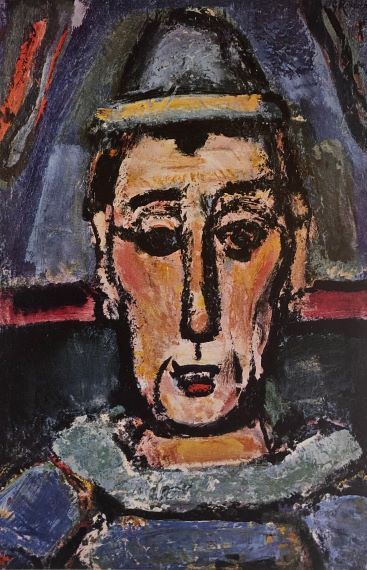13 – BEAUTY AND THE 'BEAST'
Historically, established powers have defined art as the creation of the ‘Beautiful’. From Plato, whose concept of beauty centered on order, norms, and rules (geometry), to Diderot and his Trinity of the truthful, the good and the beautiful, the ‘Ugly’ was excluded from the realm of Art.
The ugly was indeed present but often metabolised with pedagogical intent: the monsters existed to instil fear and promote compliance. Alternatively, they were simply considered wrong, as in certain circles, Mannerist Architecture of the 16th Century still is.
It is only with Kant, Hegel and later with Nietzsche that the representation of imbalance, pain, and dissonance (the ‘ugly’) began to be understood, accepted and acknowledge as essential and intrinsic to the creation of Art.
As we now appreciate works like Leonardo’s Grotesque Heads and Rouault's Clowns as works of Art, one cannot help but wonder if we can develop an equivalent value system for 'ugly' architecture.
Georges Rouault - The English Clown
"...a life of infinite sadness..."
Gottfried Bohm - Pilgrim House, Neviges.
What does it mean when Brutalist architecture is considered ugly?


